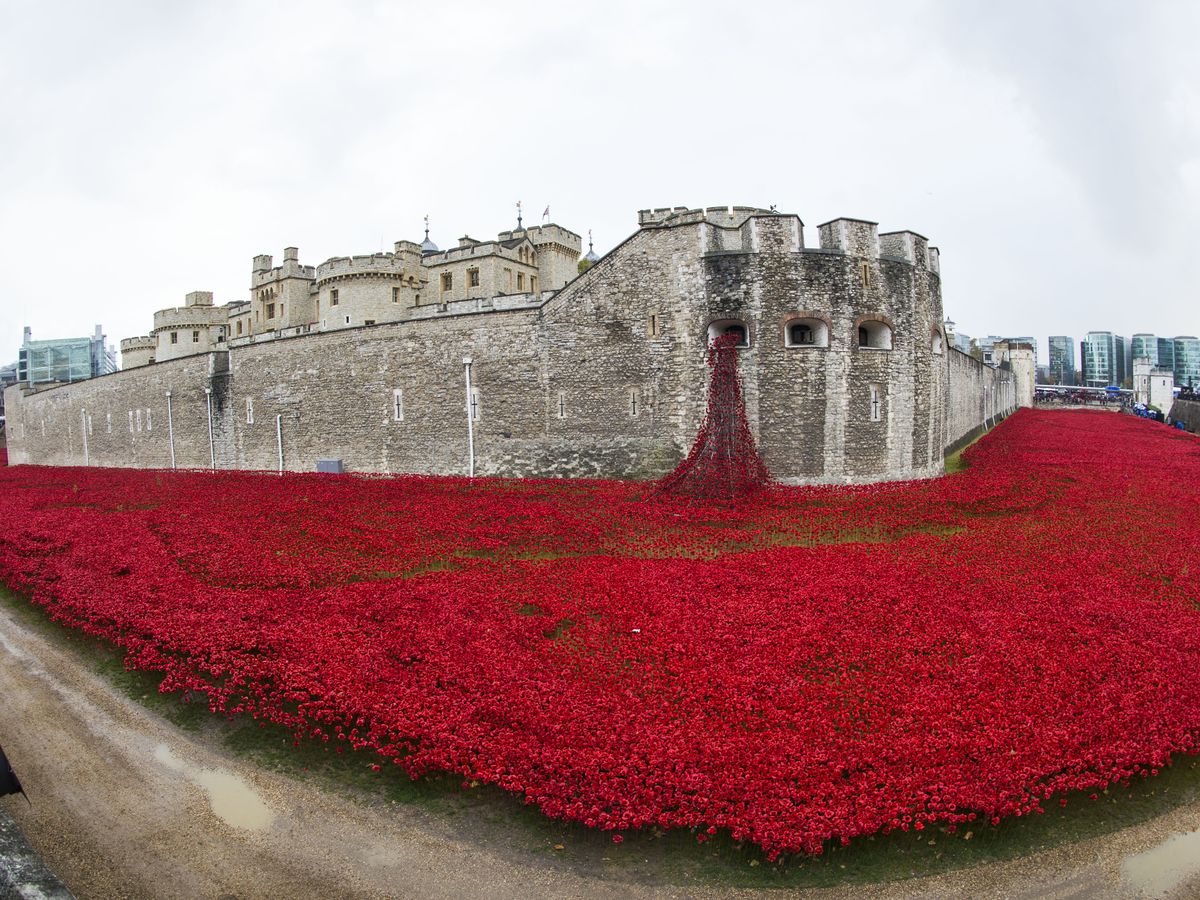
Ear trumpet used during WWI to detect the sound of incoming airplanes.
Infamously known as one of the deadliest conflicts in history, it is estimated that World War I resulted in over 20 million military and civilian casualties. Beginning in 1914 with the assassination of Archduke Franz Ferdinand in Sarajevo, the war carried on for four years across Europe.
For the allied forces, some of the most important and drawn out battles came at a horrendously high price, such as the First Battle at Somme where over a million casualties occurred, and the Brusilov Offensive, mounted by Russia, which over the course of three months resulted in over 2.5 million casualties, half of them Russian alone. (Photo: Wikimedia Commons)
World War I battlefields litter Western Europe, most especially France and Belgium. The American Battle Monuments Commission maintains cemeteries where American forces fell (https://www.abmc.gov/cemeteries-memorials). The battle arguably most engraved in British and French memory took place in 1916 on the Somme. Not only is it recalled in numerous documentaries, it also has been the subject of various museum exhibitions, for instance in Durham’s Palace Library and the Imperial War Museum. Nor are battlefields and their cemeteries the only places of remembrance. In 2014 a magnificent art installation of 800,000 ceramic poppies was created on the grounds of the Tower of London to commemorate the outbreak of World War I, each poppy representing a life lost and the effect being like a sea of blood. See the paper written by our colleagues, Paul Kapp and Cele Otnes, “The poppies exhibit: producing and consuming commemoration of World War I in Britain”, in Heritage of Death, edited by Mattias Frihammar and Helaine Silverman (Routledge, 2018).
See the paper written by our colleagues, Paul Kapp and Cele Otnes, “The poppies exhibit: producing and consuming commemoration of World War I in Britain”, in Heritage of Death, edited by Mattias Frihammar and Helaine Silverman (Routledge, 2018).

